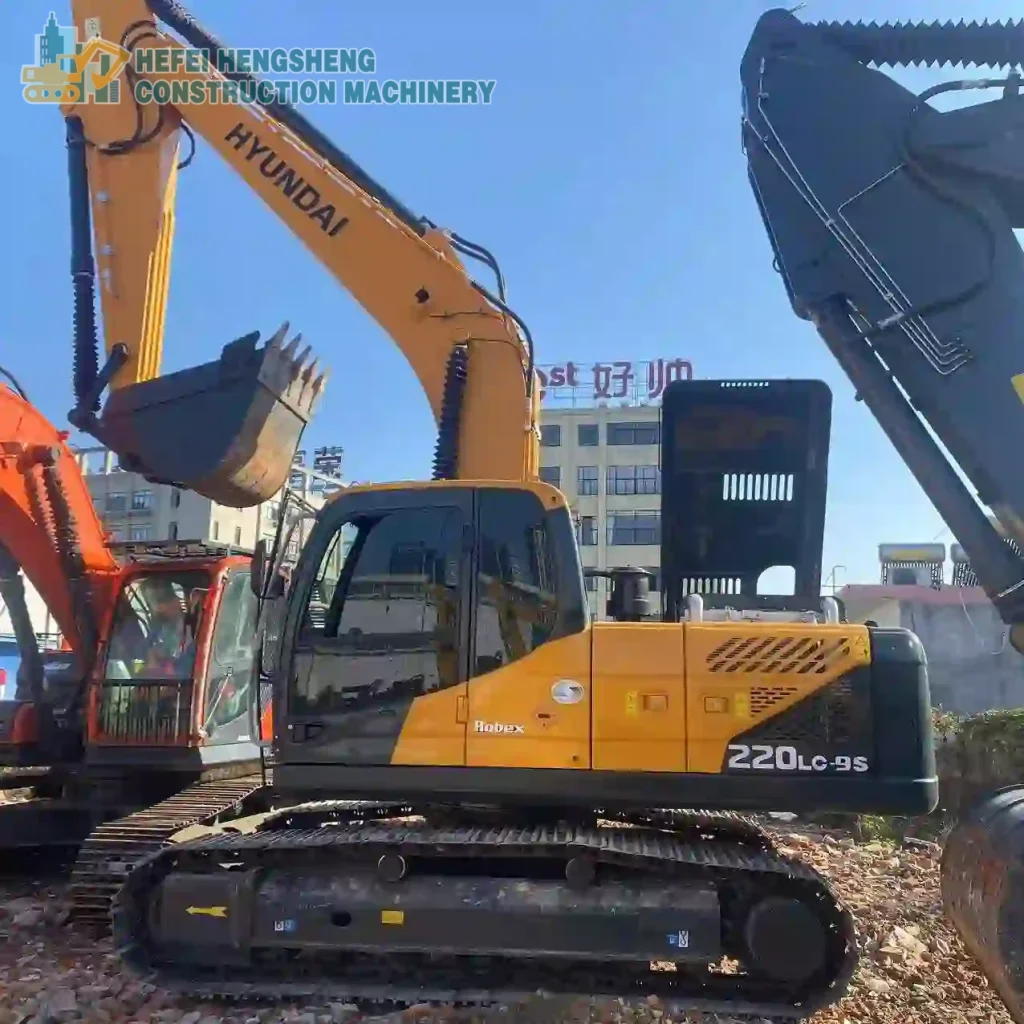Purchasing Used Excavators: What To Check And How To Do
Release time: 2025-02-12
When purchasing a used excavator, it’s essential to perform a thorough inspection to ensure you’re making a good investment. Excavators are heavy-duty machines that work in demanding environments, so checking for wear and tear, as well as other critical factors, is crucial to avoid costly repairs later on. Here’s a step-by-step guide on what to examine and how to go about purchasing a used excavator:
1. Research the Brand and Model
Know your needs: Understand the specific type of work you intend to use the excavator for (e.g., digging, lifting, demolition). This will guide your decision on the size, weight, and capacity needed.
Brand reputation: Some brands are known for reliability and durability. Research reviews, reliability reports, and common issues with the specific model you’re considering.
2. Check the Machine’s Hour Meter
Operating hours: A typical excavator may last anywhere from 10,000 to 20,000 hours, depending on its maintenance. Machines with low hours (under 5,000) are usually preferable, but consider the quality of maintenance and repairs over hours worked.
Consistency: Check the hour meter for discrepancies or tampering signs, as sellers may alter the meter to hide excessive use.
3. Examine the Engine and Hydraulics
Engine condition: Start the engine and listen for unusual noises such as knocking, grinding, or high-pitched sounds. Check for exhaust smoke or leaks, which may indicate engine problems.
Hydraulic system: Inspect hoses, cylinders, and pumps for leaks. Hydraulic systems are essential to second-hand excavators equipment, so any issues with hydraulics may be expensive to repair.
Oil levels: Check the engine oil, hydraulic fluid, and coolant. Low levels may indicate neglect or existing issues.

4. Inspect the Undercarriage
Tracks: Examine the track condition. Worn-out tracks, broken links, or significant damage can lead to expensive repairs. Check the track tension, alignment, and wear.
Rollers and sprockets: Inspect the rollers, sprockets, and idlers. These parts can wear out quickly, especially in harsh working conditions.
Track frames: Look for any bent or cracked track frames.
5. Check the Attachments and Boom
Boom, arm, and bucket: Inspect for signs of cracks, welds, or extensive wear on these critical components. Check the joints for any signs of excessive play or damage.
Attachment compatibility: Ensure the machine comes with the right attachments for your work needs, and check the condition of the bucket, quick couplers, or other attachments.
6. Look for Leaks
Oil and fluid leaks: Carefully inspect the entire used excavators machine for leaks, particularly in the hydraulic system. Leaking fluids are a sign of worn seals or gaskets, which can lead to significant repair costs.
Transmission and engine leaks: Check around the engine, transmission, and hydraulic components for any signs of oil or fluid leakage.
7. Test Drive the Excavator
Functionality test: Operate the machine to check how it handles. Test the controls, hydraulic functions (boom, arm, and bucket), and overall responsiveness. Listen for strange sounds or vibrations during operation.
Stability: Test the stability of the machine while it’s in use, especially when lifting and digging. Ensure that it moves smoothly and without excessive jerking or grinding.
Brakes and steering: Test the brakes and steering system to ensure they are working properly. This is critical for safety.
8. Evaluate the Maintenance History
Maintenance records: Request maintenance and service records. A well-maintained machine will have a history of regular oil changes, filter replacements, and other standard upkeep.
Previous repairs: Look for signs of major repairs and ask if the second hand digger machine any components have been replaced. Machines with consistent service and fewer major repairs are often better choices.
By thoroughly checking these areas, you’ll be better equipped to purchase a used excavator that is reliable and cost-effective, avoiding unnecessary repair costs down the road.


